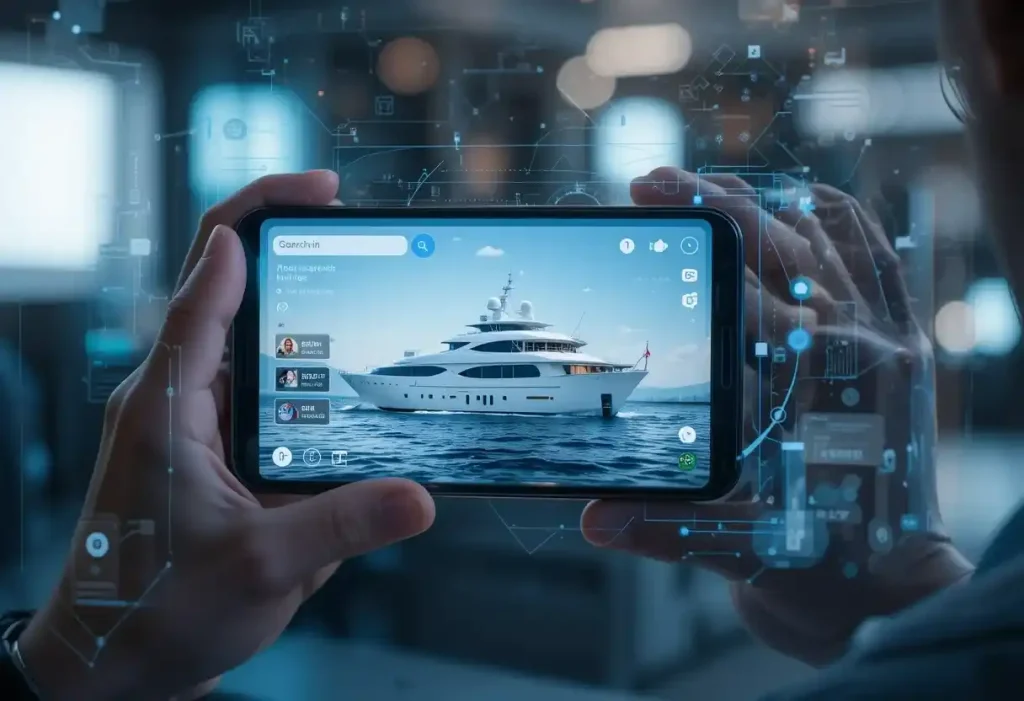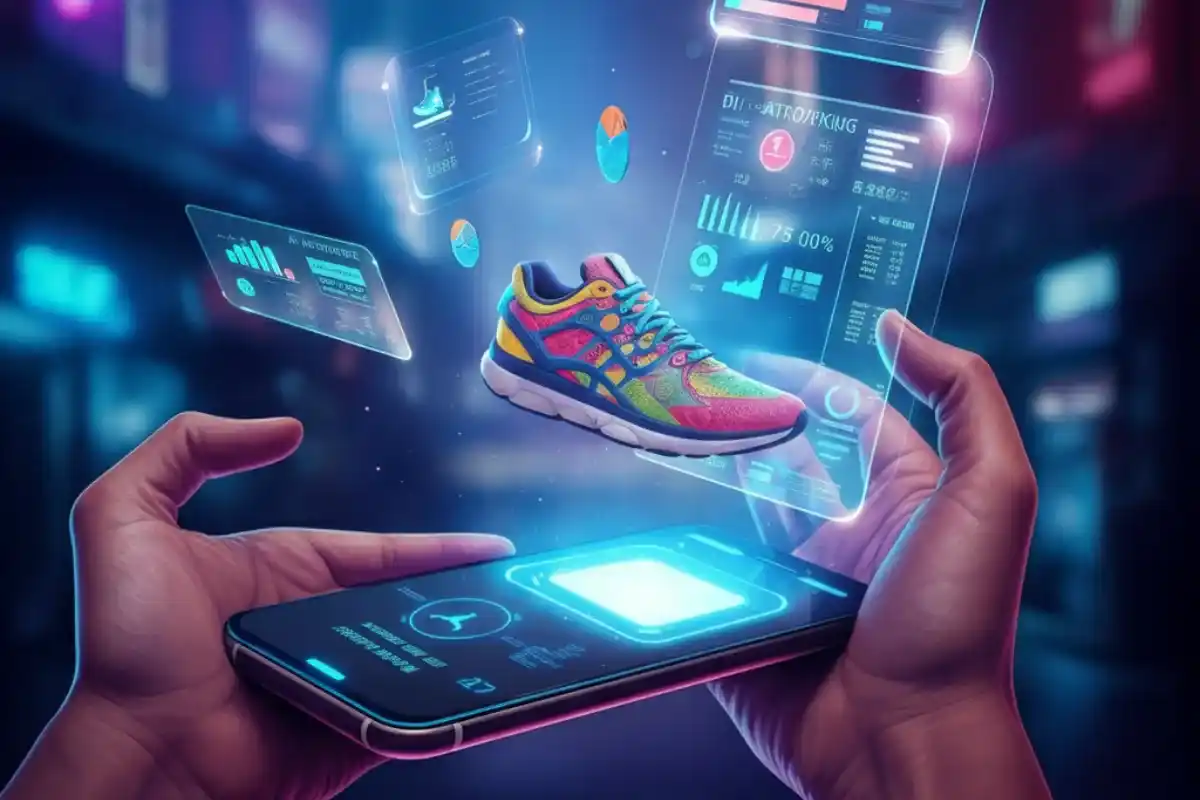Images are no longer just decorative elements on a webpage; they are powerful tools for SEO and user engagement. As search engines, user expectations, and technology continue to evolve, image SEO becomes even more integral to driving traffic and enhancing user experience (UX). In 2025, image SEO is not just a “nice-to-have” but a “must-have” strategy for businesses and marketers looking to stay competitive.
This guide provides an in-depth exploration of how to optimize images for SEO in 2025—focusing on key factors that enhance rankings, performance, and user experience while ensuring the integrity of image content.
Why Image SEO Matters in 2025
- Improved Search Rankings
Search engines like Google prioritize user experience in their ranking algorithms. Optimizing images contributes to better performance by reducing page load times and enhancing accessibility. Image SEO signals to search engines that your website is maintained properly and structured for user-friendliness. As a result, sites with optimized images rank higher than those that neglect this aspect. - Enhanced User Experience
Website speed is critical, and large, uncompressed images can slow it down. Slow loading times increase bounce rates, ultimately hurting your SEO. By optimizing images for speed, you ensure a seamless browsing experience that keeps users engaged. A better experience can lead to lower bounce rates and longer dwell times, which search engines reward. - Increased Organic Traffic
Google Images and visual search platforms like Google Lens and Pinterest Lens have made image-based search more prevalent. With a growing number of users discovering websites through image search, optimizing for visual content is a way to tap into this increasingly popular search mode. Proper image SEO can increase your visibility in image search results, ultimately driving more organic traffic.
How to Master Image Optimization in SEO for Maximum Impact

Choosing the Right Image Format
Understanding when and how to use various image formats is crucial for both SEO and user experience. The format you choose can affect your page’s speed, mobile compatibility, and SEO ranking.
- WebP vs. JPEG vs. PNG
- WebP: This format delivers high-quality images at smaller file sizes, making it ideal for most images on modern websites. WebP has become a standard choice for SEO optimization, balancing quality and file size effectively.
- JPEG: Ideal for photographs, JPEG images offer a good balance of quality and smaller file sizes, making them useful for web pages that feature photos.
- PNG: While PNGs are great for images that require transparency or graphics, they tend to have larger file sizes. Use PNGs for logos or icons, but optimize them carefully to avoid slowing down your site.
- When to Use SVG
Scalable Vector Graphics (SVG) is an ideal format for logos, icons, and other vector-based elements. SVGs are resolution-independent, which means they remain sharp and clear at any screen size or resolution. For SEO, SVGs are lightweight and fast-loading, making them suitable for responsive designs. - AVIF: The Future of Image Formats
AVIF is a new image format that provides better compression than WebP without sacrificing quality. It is gaining popularity for its efficient file size reduction while maintaining excellent visual quality. As AVIF continues to gain traction in the industry, it’s worth considering if you want to future-proof your image optimization strategy.
Image Compression & Performance Optimization
Large image files are one of the main contributors to slow page load times. Optimizing these images for both speed and quality is key to effective image SEO.
- Lossy vs. Lossless Compression
- Lossy Compression: This method significantly reduces file sizes by discarding some image data. While this might result in slight quality degradation, it is best suited for web images, as the reduction in file size greatly improves page speed.
- Lossless Compression: In contrast, lossless compression maintains all the details of the original image, resulting in larger file sizes. This method is ideal for high-resolution images that need to retain sharpness and detail, such as product images.
- Best Image Compression Tools
- Tiny PNG: A simple tool that offers high-quality compression with minimal quality loss, ideal for smaller images.
- Squoosh: Offers customizable levels of compression and allows you to compare image quality before and after compression.
- Short Pixel: A robust tool suited for bulk image optimization, perfect for large-scale websites with many images.
- Balancing Quality and Size
Always test the compressed images to ensure they retain enough quality for visual appeal while achieving better load times. High-quality images that load quickly create a more pleasant user experience and help improve SEO.
Image Naming & File Structure
Organizing and naming your image files is a simple yet effective way to enhance your image SEO.
- How to Name Images for SEO
Rename generic filenames (e.g., IMG1234.jpg) to descriptive names that include relevant keywords. This helps search engines understand the content of the image. Example: “black-labrador-playing-snow.jpg” is far more informative than IMG1234.jpg. - Organize with a Logical Folder Structure
A well-organized folder structure is crucial for both user experience and search engines. Group images into relevant categories or sections, like /products/winter-collection/. This structure not only makes it easier to manage content but also helps search engines crawl and index your images more efficiently.
Using Alt Text & Image Descriptions
Alt text is a critical component of image SEO and accessibility. Writing accurate, descriptive alt text improves rankings and accessibility for those using screen readers.
- How to Write Effective Alt Text
Be descriptive but concise, using natural language and including relevant keywords where applicable. For example, instead of “image001.jpg,” use something more descriptive like “golden-retriever-puppy-playing-in-the-park.jpg.” - Alt Text vs. Title Attributes
- Alt Text: Helps with accessibility and appears when an image fails to load. It is also crucial for SEO as search engines use alt text to understand the image content.
- Title Attributes: Provides additional context when users hover over the image. Although title attributes are useful, they are secondary to alt text in terms of SEO.
- Using Image Captions
Captions provide context to the images and improve user engagement. While not mandatory for SEO, including relevant captions can help with context and allow you to incorporate additional keywords naturally.
Structured Data for Images
Structured data, particularly Schema Markup, plays a vital role in making your images more discoverable.
- Why Schema Markup Matters
Schema markup enhances how search engines interpret your images. For example, rich snippets can display additional information, such as the image’s dimensions or a product description, right in the search results. This makes your image stand out, potentially increasing click-through rates (CTR). - Using JSON-LD for Image SEO
JSON-LD (JavaScript Object Notation for Linked Data) is the preferred method for adding structured data to your images. By including additional information about the image, such as its location, size, and context, you improve its visibility in search engines.
Mobile-First Image Optimization
With mobile-first indexing, Google prioritizes mobile-friendly websites, making mobile image optimization a necessity.
- Responsive Images
Use the srcset and sizes attributes to serve appropriately-sized images based on the user’s device. This ensures that users on mobile devices aren’t loading unnecessarily large images, which could slow down the site. - Enable Lazy Loading
Implement lazy loading to improve page speed. Images are only loaded as users scroll down the page, ensuring faster load times for above-the-fold content.
Optimizing for Visual Search & Social Media
Visual search tools like Google Lens and platforms like Pinterest Lens are becoming a significant source of web traffic.
- Optimizing for Google Lens & Visual Search
To maximize your visibility, use high-quality, distinct images and ensure that all your image metadata, including alt text and file names, accurately describe the content. - Optimizing for Social Media
Each social media platform has ideal image dimensions, and optimizing for these dimensions ensures that your images look great when shared. Use Open Graph and Twitter Card meta tags to ensure proper image rendering across social media platforms.
Conclusion
Image SEO in 2025 is crucial for driving traffic, enhancing user experience, and improving your website’s rankings. By understanding the best practices and leveraging the right tools for image optimization, businesses can ensure their images contribute positively to both SEO and user engagement. Don’t overlook the importance of image SEO—take the necessary steps to optimize your images and stay ahead in the competitive digital landscape.
Need Help with Image SEO?
Optimizing images for SEO requires strategy, expertise, and continuous updates. Whether you’re looking to improve rankings, boost traffic, or enhance your site’s performance, expert guidance can make a difference. If you want tailored recommendations and hands-on support, reach out to an experienced SEO specialist to take your website to the next level!

